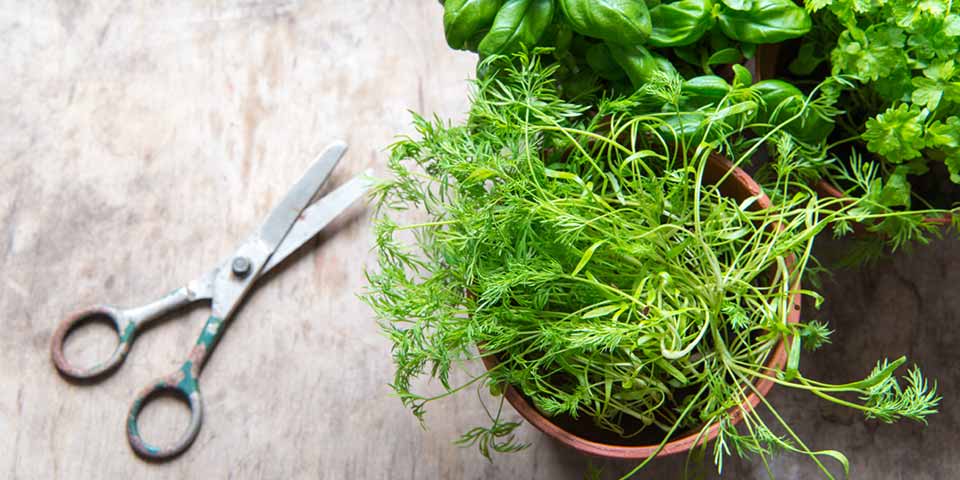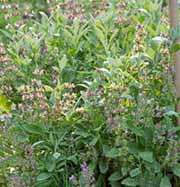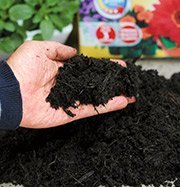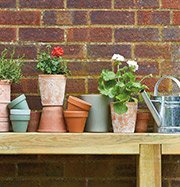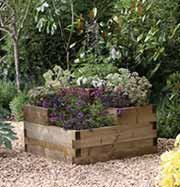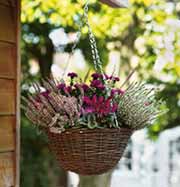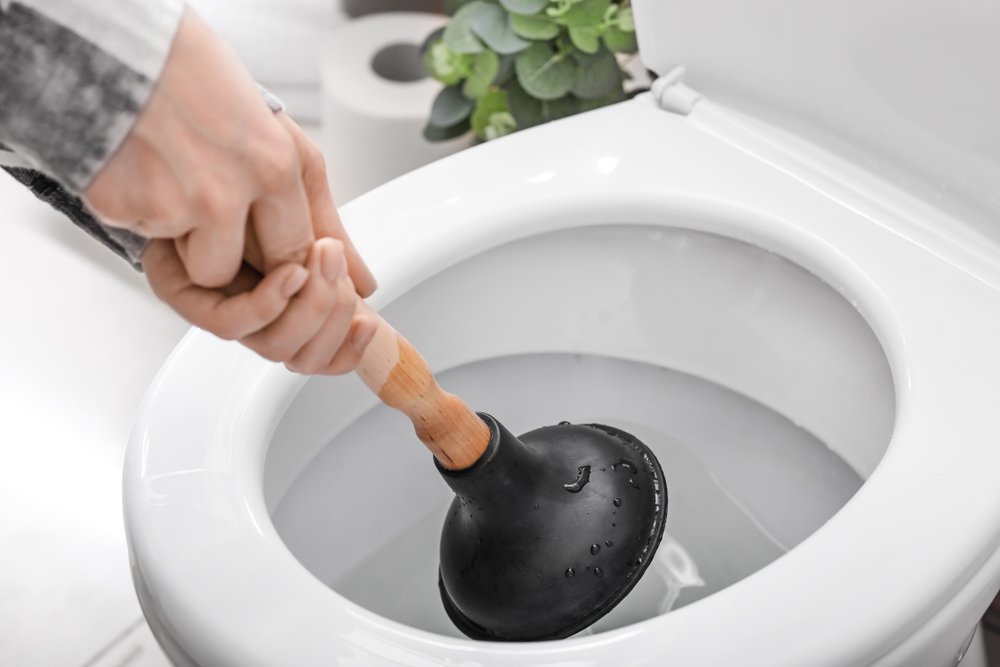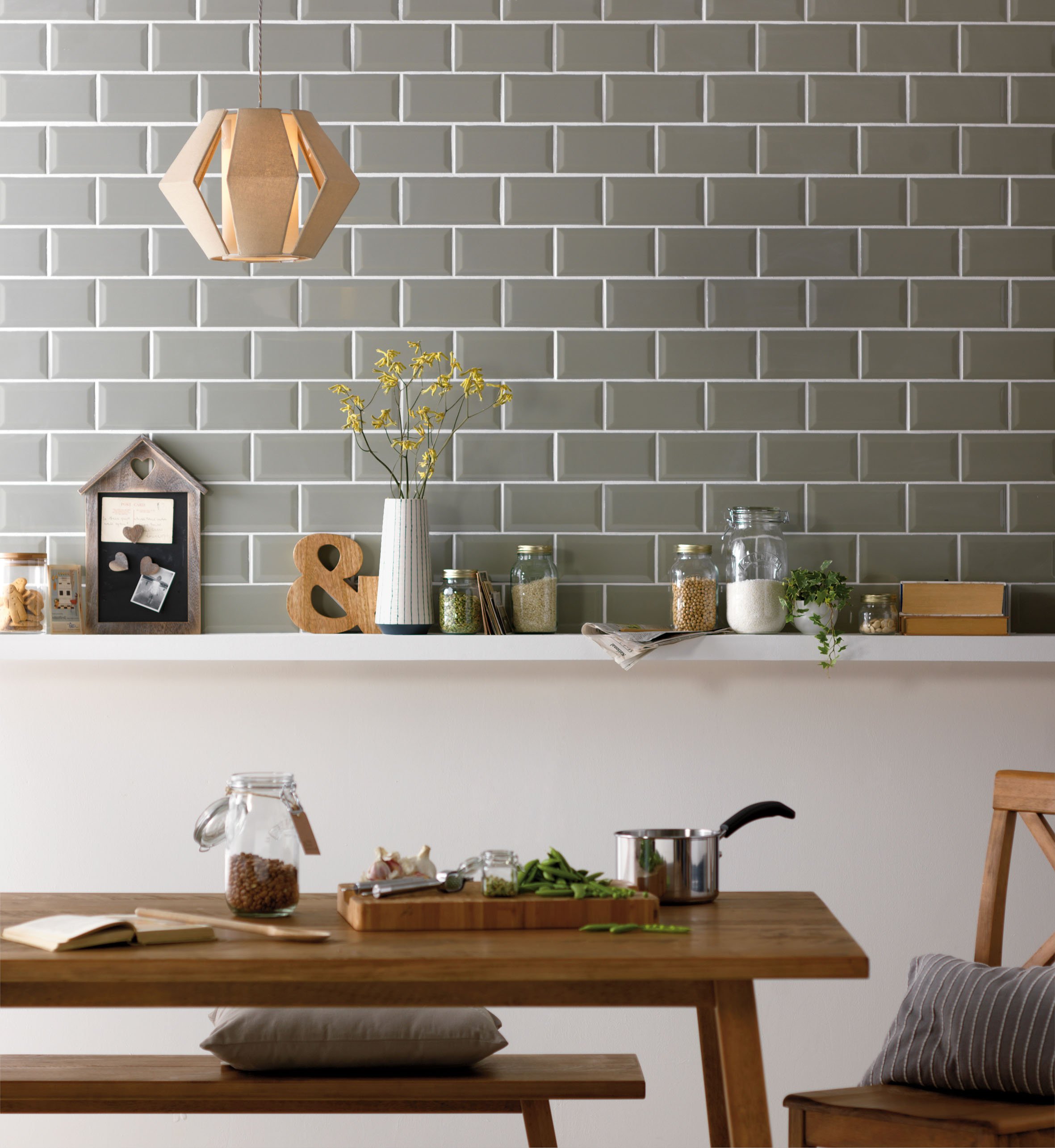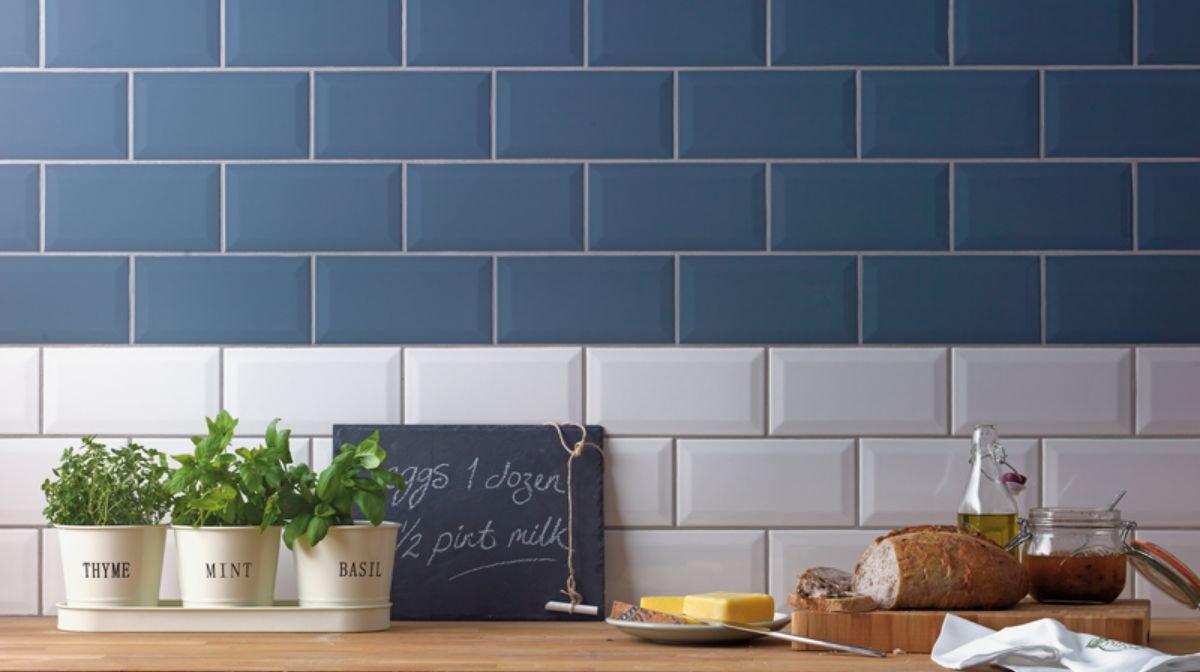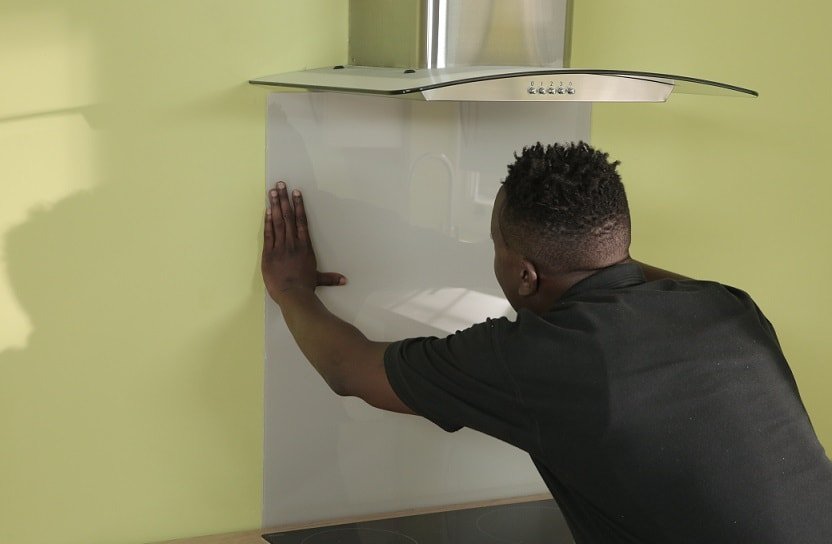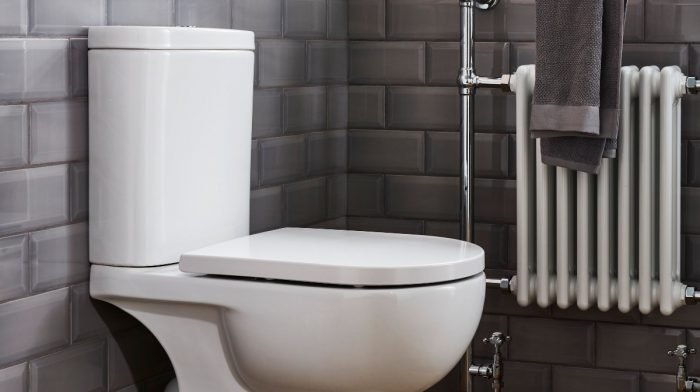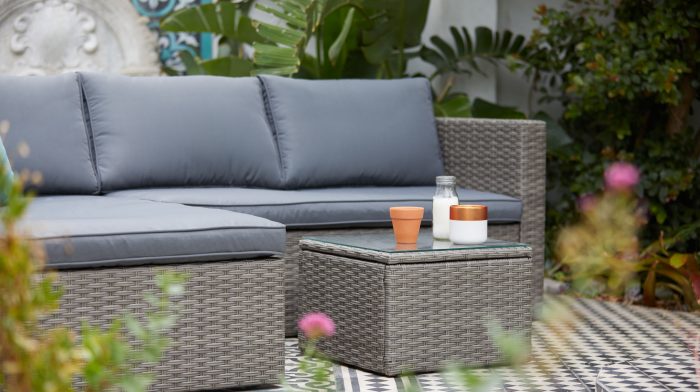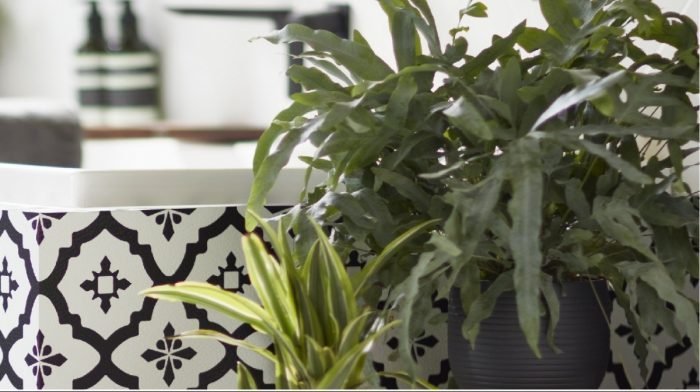There’s no better feeling than growing your own produce and serving it up in a delicious meal.
With unmatched freshness and flavour, you simply can’t beat it. Add a little zing to your plate with a home-grown chilli or perfect your pasta sauce with an array of Mediterranean herbs. A herb garden gives you easy access to an array of flavours that can help perk-up any meal.
To get the best possible results from your garden, try to ensure your herbs are planted correctly, giving them the best chance to thrive. This means understanding the right soil, weather conditions and planting pairings for each herb.
Then, to get your herb garden really blossoming, see our guide on how best to plant your herbs.
Deciding which herbs to grow together
Before you start creating a herb garden, you need to think about which herbs grow well together to give them the best chance of flourishing. Some herbs work brilliantly together, but you need to carefully consider the amount of space each will need to grow. Mint, for example needs a lot of room to spread out, so you’d need to be mindful of this when planning your planting.
You might also want to think about herbs with scents that complement each other when growing, so you can enjoy their intermingling aromas. If you want to make a feature of the area, pick herbs that look gorgeous as well as taste great. Pair prostrate rosemary, creeping thyme and variegated sage for a collection that’s easy on the eye.
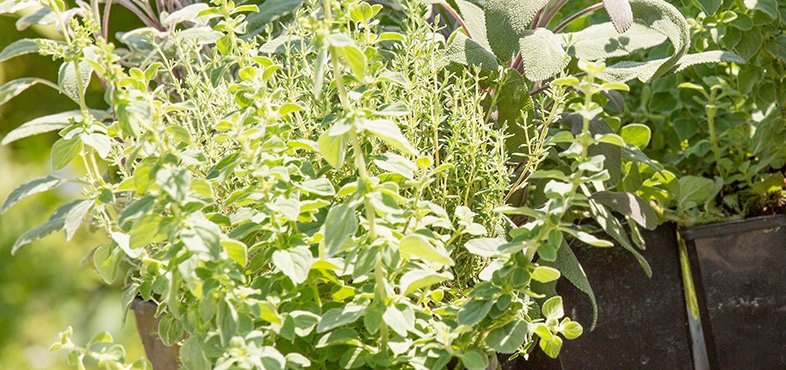
Companion planting
Planting certain flowers and plants among your herbs can be hugely beneficial, encouraging growth and deterring pests. To help inspire you, we’ve pulled together a few ideas of what you can include, and their benefits:
- Marigolds can actually aid the growth of basil and help to repel beetles
- Nasturtiums attract predatory insects which kill plant-eating aphids, protecting your herbs
- Although a herb in its own right, the strong scent of mint deters ants from marching and munching on herbs planted nearby
- Catnip is handy for repelling aphids and a variety of beetles
As well as using flowers as companion you can use herbs this way too.
Here’s a few examples, which plants they can help protect and which plants to avoid mixing them with:
Basil –
Plant with:
- Aubergines – It can potentially improve their productivity
- Tomatoes – When grown in a greenhouse it attracts whitefly thereby luring them away from your plants. It has also been said to improve the flavour of the fruits.
- Cucumbers – As with tomatoes, when cucumbers are grown in a greenhouse basil could attract whitefly to keep them away from your plants.
- Lettuce – It can improve the taste of your crop
- Peppers – It can increase productivity and improve the taste too
Don’t plant with:
- Thyme
Chives –
Plant with:
- Tomatoes – The onion scent of chives is said to help deter aphids
- Carrots – They can help deter carrot fly
Don’t plant with:
- Beans
- Peas
Parsley –
Plant with:
- Tomatoes – Attracts pollinating insects such as hoverflies, the hoverfly larvae also help keep aphids and thrip under control.
- Corn
Don’t plant with:
- Lettuce
- Mint
- Thyme
Mint –
Plant with:
- Tomatoes – Improves the flavour of your fruits and the scent helps deter aphids
- Peas – As with tomatoes, it helps improve the flavour
- Carrots – The scent helps deter carrot root fly
- Beetroot
Don’t plant with:
- Parsley
- Chamomile
- Dill
Thyme –
Plant with:
- Strawberries – It attracts beneficial insects and pollinators
- Brassicas
- Potatoes
Don’t plant with:
- Onions
Oregano –
Plant with:
- Tomatoes – It attracts hoverflies whose larvae keep aphid numbers down
- Peppers – When allowed to grow freely among peppers it provides great ground cover, boosting the humidity level.
- Pumpkins
Don’t plant with:
- Potatoes
- Radishes

Which herbs grow in rich soil?
Some herbs prefer rich, moist soil and are ideal for indoor and container planting:
- Tarragon – Producing a beautiful aromatic scent, Tarragon can be a flavoursome addition to a number of dishes. If you’re growing Tarragon, make sure to keep it as warm as possible throughout the year and water it regularly.
- Coriander – Sow this hardy plant in the summer and water it regularly. Coriander is perfect for an extra kick of flavour, or as a pretty garnish.
- Basil – Basil can transform plenty of dishes and can be sown between Feb and March. This plant blooms annually and will need to be re-sown after a year.
- Parsley – Chop it into sauces or use it as an eye-catching garnish, Parsley is a versatile addition to any herb garden. This is also an annual plant, so sowing and planting it with your Basil might be a good idea.

How to create an indoor herb garden
Having herbs close at hand when you’re cooking means will help you create more flavoursome food. You can always place pots of herbs on your windowsill, but if space is at a premium then you could try creating a vertical herb garden and chalkboard. Herbs like mint, coriander and basil are great indoor herbs and will work well in a wide variety of different dishes.

